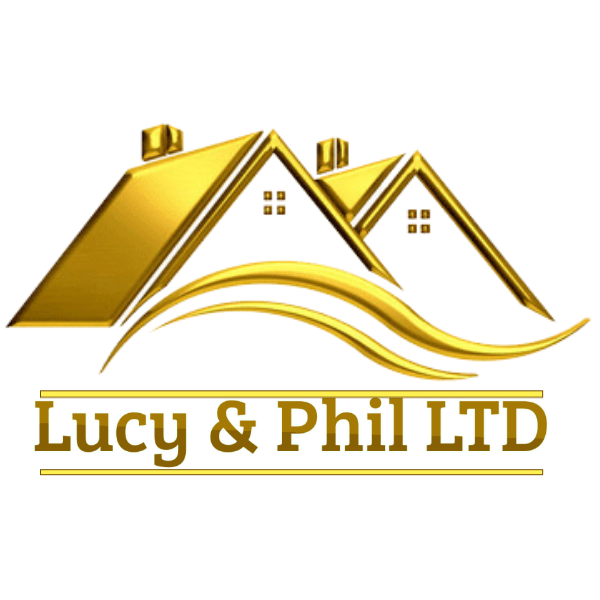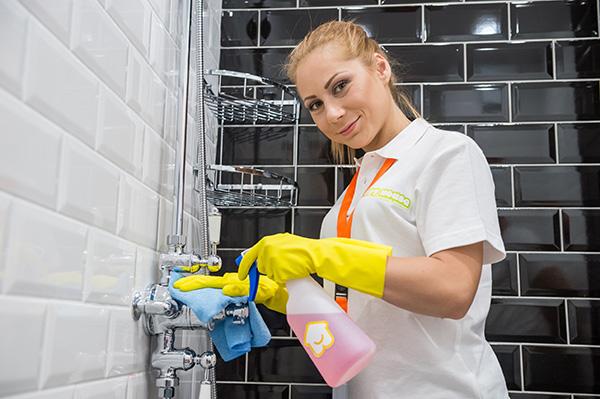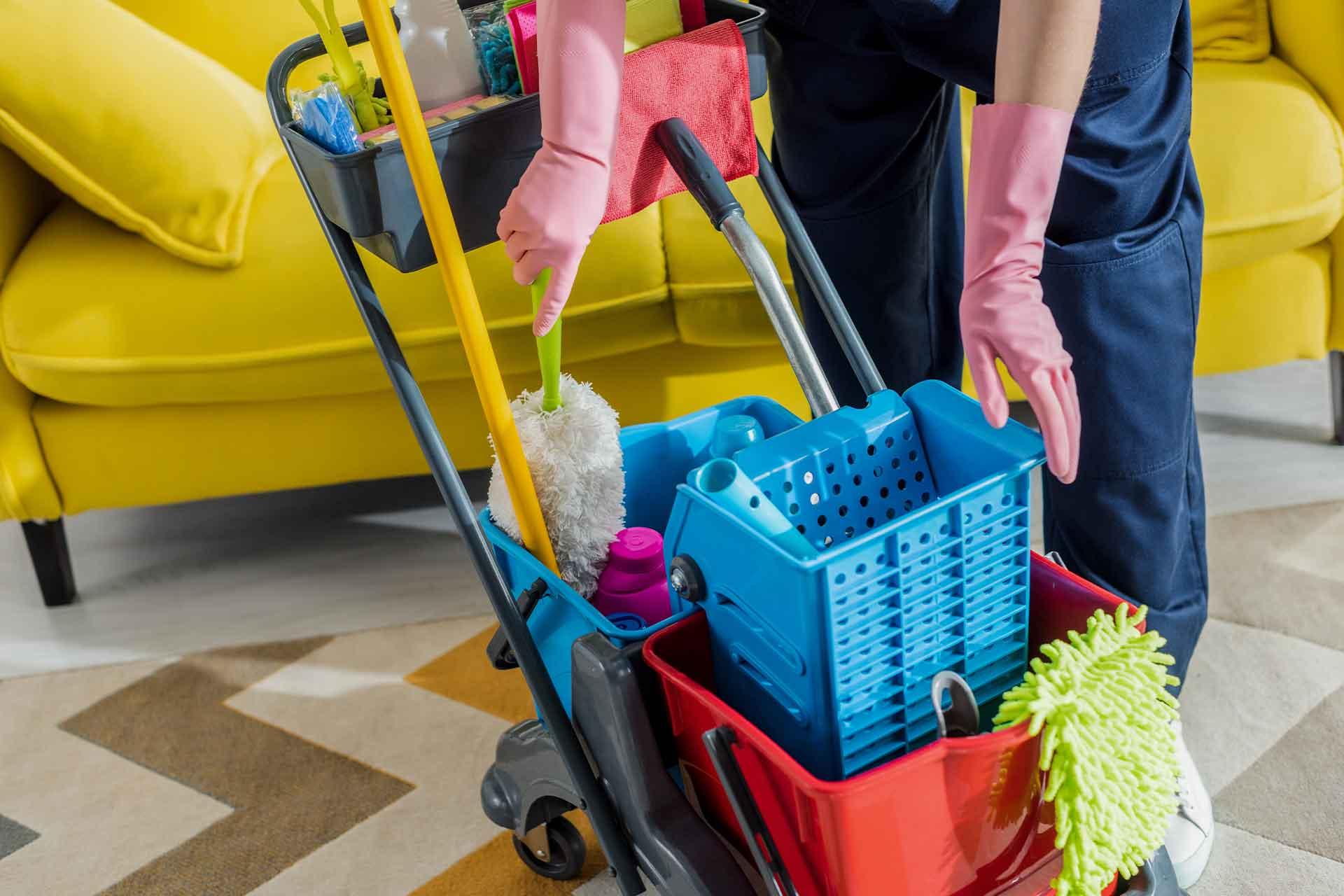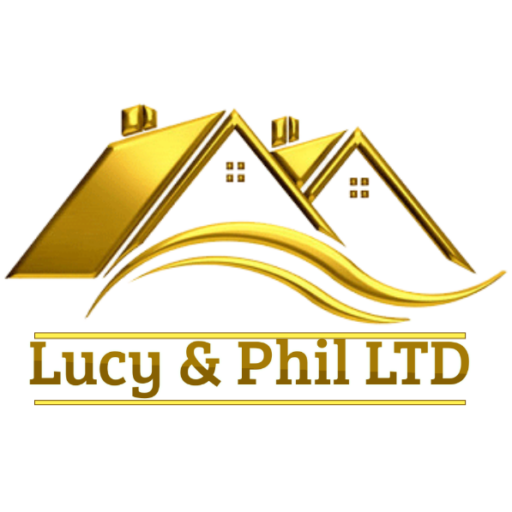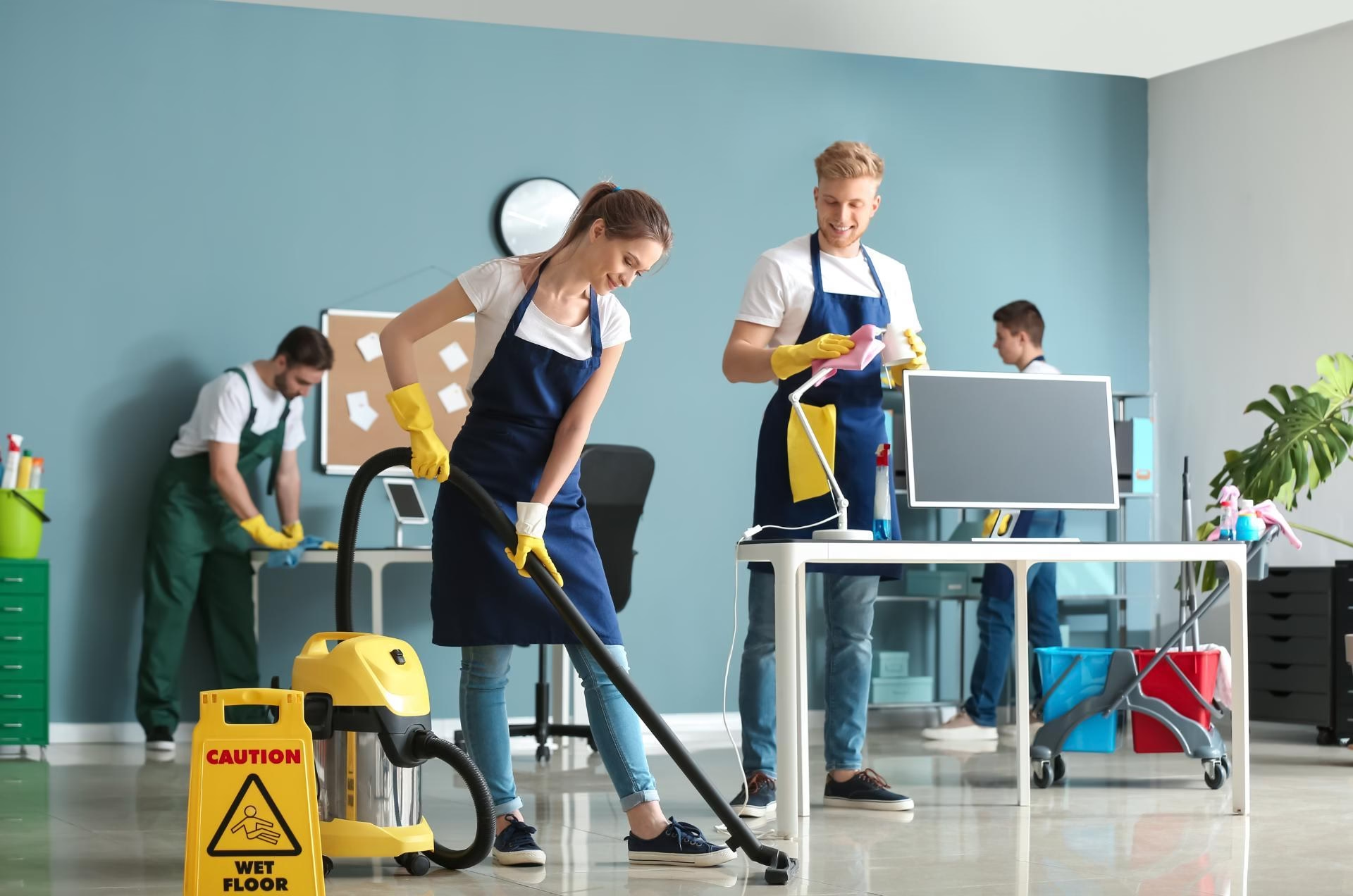
From terraced homes and heritage museums to gleaming city offices and busy retail parks, the fabric of daily life in the UK is stitched together by people who make spaces usable, safe, and presentable. Cleaning services sit quietly at this intersection of comfort and compliance, bridging personal routines with public expectations. The sector is broad and fast-evolving: one moment it’s routine office hygiene before the morning rush; the next, it’s end-of-tenancy deep cleans, post-build sparkle, healthcare-grade sanitation, or specialist care for historic stone and delicate surfaces.
This article maps the landscape of UK cleaning services without the gloss. It looks at who does what-from independent operators to national providers and platform-based marketplaces-and how quality is defined through training, accreditation, safety, and accountability. It considers the pressures shaping the market, including sustainability ambitions, post-pandemic hygiene standards, labour dynamics, and technology that ranges from microfibre systems to robotics in large commercial sites.
Whether you’re a facilities manager weighing service-level agreements, a landlord planning a turnaround, or a household seeking reliable help, understanding the structure, standards, and signals of good practice can turn a routine purchase into a confident decision. Here’s how the UK’s cleaning sector works, what to expect, and where it may be headed next.
Table of Contents
- Mapping the UK cleaning market domestic housekeeping commercial facilities and specialist services
- Vetting a provider accreditations insurance DBS checks chemical safety and sustainability
- Understanding costs average rates regional variation scope of work and add ons
- Recommendations for a smooth engagement clear briefs SLAs quality audits and feedback loops
- In Summary
Mapping the UK cleaning market domestic housekeeping commercial facilities and specialist services
The market stretches from everyday homes to high-stakes environments, with demand shaped by hygiene expectations, compliance, and speed-to-service. Residential buyers want trust, flexibility, and visible results-often booking weekly housekeeping, deep cleans, and end-of-tenancy turnarounds. Businesses prioritise uptime and brand standards, seeking scheduled daytime cleaning, out-of-hours services, and helpdesk-integrated response. At the specialised end, operators handle biohazard remediation, high-level access, and heritage-safe treatments, where training, insurances, and certifications become decisive. Across regions, dense urban areas skew to frequent visits and premium add-ons, while suburban and rural mixes value bundled services, green products, and predictable pricing models.
Procurement pathways vary: direct bookings and platforms for homes, multi-site contracts and FM frameworks for workplaces, and incident-led callouts or project tenders for niche tasks. Service design hinges on scope clarity, SLA/KPI alignment, and audit-ready documentation-increasingly backed by digital proof-of-service, IoT monitoring, and sustainability reporting. Winning providers balance staff retention, training (e.g., BICSc), and agile scheduling with transparent pricing that signals value without surprises. Growth often comes from modular packages and seasonal campaigns-spring deep cleans, pre-Christmas sparkle, or post-refurb resets-ensuring the right mix of reliability, responsiveness, and specialist capability.
- Domestic
- Housekeeping and laundry
- Deep clean and oven care
- Move-in/out and carpet refresh
- Commercial
- Office and retail routines
- Washroom hygiene and consumables
- Reactive spill response
- Specialist
- Biohazard and trauma
- High-level and façade
- Heritage-safe and lab-grade
| Segment | Typical Sites | Core KPI | Avg. Visit | Popular Add‑ons |
|---|---|---|---|---|
| Domestic | Flats, HMOs, rentals | Consistency, trust | 2-4 hrs | Oven, carpets |
| Commercial | Offices, retail, schools | Uptime, audits | 1-3 hrs/day | Consumables, window |
| Specialist | Healthcare, labs, heritage | Compliance, safety | Project-based | Waste handling |
Vetting a provider accreditations insurance DBS checks chemical safety and sustainability
Choosing a trustworthy team starts with proof, not promises. Ask for visible, current credentials such as BICSc training, ISO 9001/14001/45001 certifications, and safety schemes like SafeContractor or CHAS. Insurance should be more than a line in a proposal: verify Public Liability (£5m+), Employers’ Liability (£10m), and Professional Indemnity where advice or audits are provided. Robust operations show in the paperwork-clear RAMS (Risk Assessments & Method Statements), site-specific induction records, and traceable supervision.
- Accreditations: BICSc, ISO 9001/14001/45001, SafeContractor/CHAS
- Insurance: Public Liability, Employers’ Liability, Professional Indemnity
- Operational proof: RAMS, training logs, equipment PAT/servicing
- References: Similar sector, recent, with KPI data
Safeguarding is non‑negotiable where people are vulnerable or premises are sensitive. Confirm DBS checks at the correct level (Basic, Standard, or Enhanced for education/healthcare), plus verified Right to Work and identity checks. On chemicals, expect COSHH assessments, accessible Safety Data Sheets, spill procedures, and staff trained in closed‑loop dosing and correct dilutions. Sustainability should be practical and provable: Ecolabel products, microfibre systems, refill schemes, low‑energy machinery (HEPA vacuums), PPN 06/21‑aligned carbon plans, and ethical supply chain screening.
- Chemical safety: COSHH, SDS on site, PPE, spill kits, colour‑coding
- Sustainability: Ecolabels, concentrates/refills, waste segregation, energy‑efficient kit, Planet Mark/EcoVadis
- Safeguarding: Role‑appropriate DBS, Right to Work, photo ID policy
| Area | What to request | Acceptable evidence | Quick red flag |
|---|---|---|---|
| Accreditation | BICSc, ISO, SafeContractor/CHAS | Certificate with expiry | “Pending” with no date |
| Insurance | PL £5m+, EL £10m | Insurer schedule | Out‑of‑date or generic |
| DBS & ID | Role‑matched DBS level | Policy + sample (anonymised) | “We don’t need DBS” |
| Chemicals | COSHH + SDS pack | Site‑specific assessments | No SDS on site |
| Sustainability | Carbon plan, eco products | PPN 06/21 statement | Vague “green” claims |
Understanding costs average rates regional variation scope of work and add ons
Pricing across the UK tends to split between hourly rates for routine domestic cleaning and flat fees for one-off jobs such as deep cleans or end-of-tenancy work. Expect standard home cleans to range around £14-£22 per hour nationally, with commercial sites typically £18-£30 per hour depending on size, access, and compliance requirements. One-off deep cleans for a 2-3 bed property often sit between £180-£300, scaling with condition and time on site. Rates move with local demand, travel time, and staffing levels, and quotes may include minimum hours, equipment/product fees, parking, or VAT where applicable.
| Region | Hourly (Domestic) | Deep Clean (2-3 bed) |
|---|---|---|
| London | £18-£28 | £220-£320 |
| South East | £16-£24 | £200-£300 |
| Midlands | £14-£22 | £180-£260 |
| North West | £13-£20 | £170-£250 |
| Scotland & Wales | £12-£19 | £160-£240 |
Clarify the scope of work before booking: what’s included room-by-room, what’s classed as an add-on, and how time is allocated. Many providers price by bed/bath count or square footage, adjusting for occupancy, pets, and surface types. Look for itemised quotes that separate labour from specialist tasks and consumables; recurring schedules often carry 10-20% discounts, while same-day requests may incur a premium. Transparent briefs keep budgets on track and help teams bring the right tools for the job.
- Standard areas: dusting, vacuuming/mopping, surfaces, bins, high-touch points.
- Kitchen focus: hob and worktops, sink, exterior appliances; interiors may be extra.
- Bathroom detail: descaling, grout touch-ups, mirrors, fittings polish.
- Popular add-ons: oven deep clean, fridge/freezer interiors, internal windows, skirting/woodwork detail.
- Floor care: carpet shampoo or hard-floor polish priced per room or m².
- After-builders: fine dust removal, adhesive splatter; usually higher per-hour.
- Move-out/tenancy: inventory-standard checklists, optional steam cleaning.
- Eco products: available on request; may carry a small surcharge.
- Access fees: parking, congestion/ULEZ, key collections-confirm in advance.
Recommendations for a smooth engagement clear briefs SLAs quality audits and feedback loops
Set the tone for a frictionless partnership by turning vague requests into a laser‑focused brief. Begin with a joint site walk, translate needs into measurable outcomes, and agree on clear acceptance criteria before the first mop touches the floor. Lock down access protocols, security, and waste handling; decide who owns consumables; and map an escalation tree so surprises travel fast, not far.
- Scope & frequency: spaces, standards (BICSc/BS EN 13549), cleaning cycles.
- Methods & materials: chemicals (COSHH), equipment, colour‑coding, dilution control.
- People: vetting, site inductions, RAMS, cover for absence.
- Compliance: H&S checks, insurances, safeguarding, permits.
- Communication: single point of contact, channels, response windows.
- Sustainability: eco options, waste streams, reporting cadence.
| KPI | Target | Review | Owner |
|---|---|---|---|
| Start-time adherence | ≥ 99% | Weekly | Site Lead |
| Urgent callout | < 2h | Daily | Helpdesk |
| QA audit score | ≥ 95% | Monthly | Supervisor |
| Complaint closure | < 24h | Weekly | Account Mgr |
Make performance visible with crisp SLAs and living quality audits. Blend scheduled inspections with spot checks, capture evidence in a CAFM app (photos, timestamps, NFC tags), and benchmark trends-not anecdotes. Close the loop with feedback that is easy to give and impossible to ignore; celebrate wins, correct misses within agreed windows, and refresh the playbook quarterly for continuous improvement.
- QA cadence: weekly walk‑throughs, monthly scored audits, quarterly reviews.
- Feedback channels: QR code tickets, tenant micro‑surveys, service desk.
- Continuous improvement: root‑cause fixes, targeted retraining, A/B test new kit.
- Transparency: shared dashboards, before/after photos, audit trails.
- Governance: clear SLAs, credits/earn‑backs, documented change control.
In Summary
From terraced flats to glass-walled towers, UK cleaning services form the quiet infrastructure that keeps daily life moving. It’s a sector that blends old-school caretaking with new tools and tighter standards, working behind the scenes to make homes livable, workplaces safe, and public spaces reassuringly orderly.
If you’re weighing options, clarity is your best compass: define the spaces, frequency, and outcomes you need; ask about training and accreditation (for example, BICSc), insurance, COSHH compliance, safeguarding checks where relevant, and how issues are resolved. Pricing will reflect region, scope, and specification, but so will quality and accountability-note the contract terms, environmental approach, and evidence of consistent outcomes rather than one-off shine.
Looking ahead, sustainability, better labour practices, and discreet technology-from scheduling apps to smarter equipment-are likely to shape the landscape, while the fundamentals remain unchanged: reliability, transparency, and care for the spaces people inhabit. However you choose to approach it-DIY, independent help, or a larger provider-cleaning is less a luxury than a piece of everyday infrastructure. When it’s working, you barely notice it; when it slips, everything else does too.
